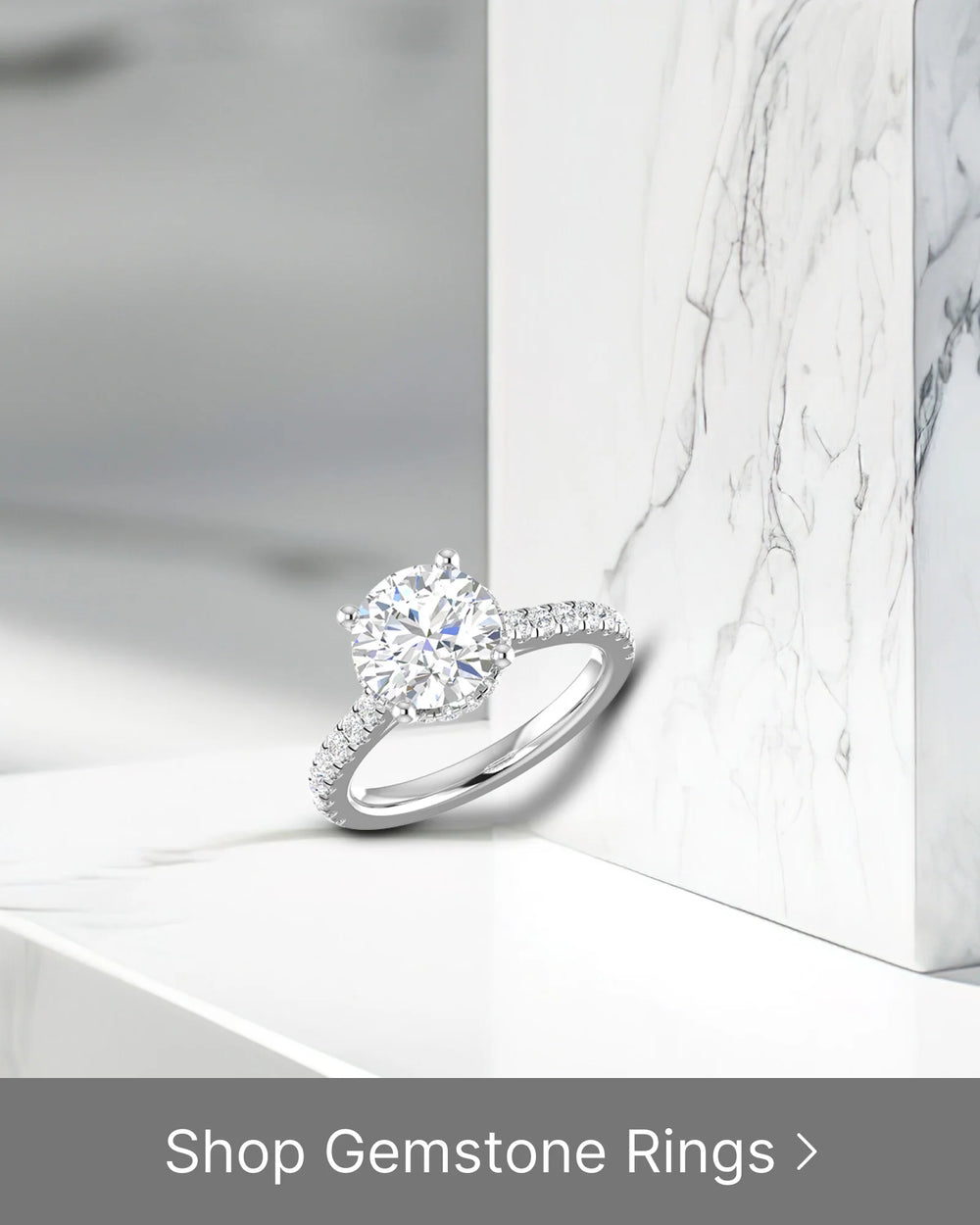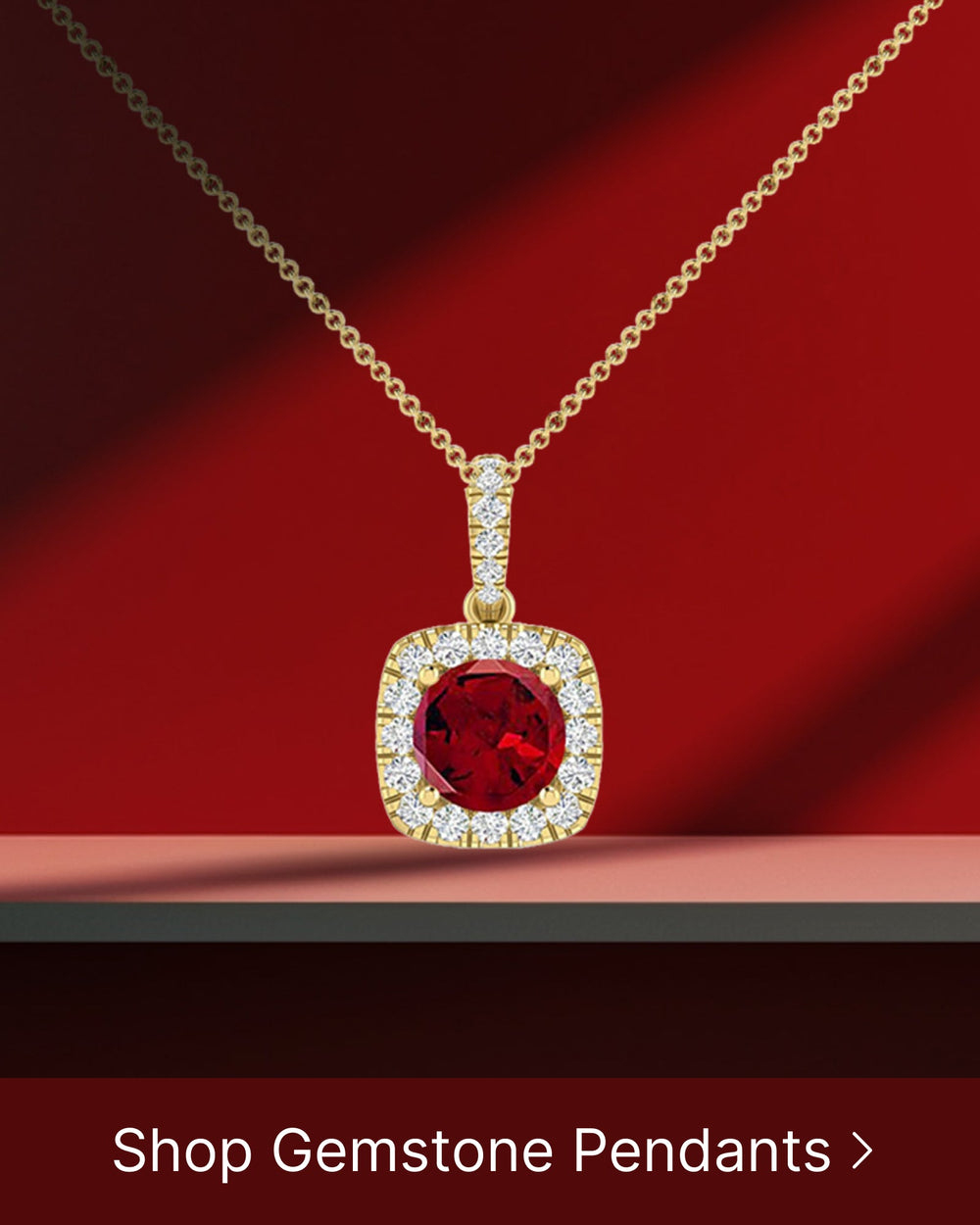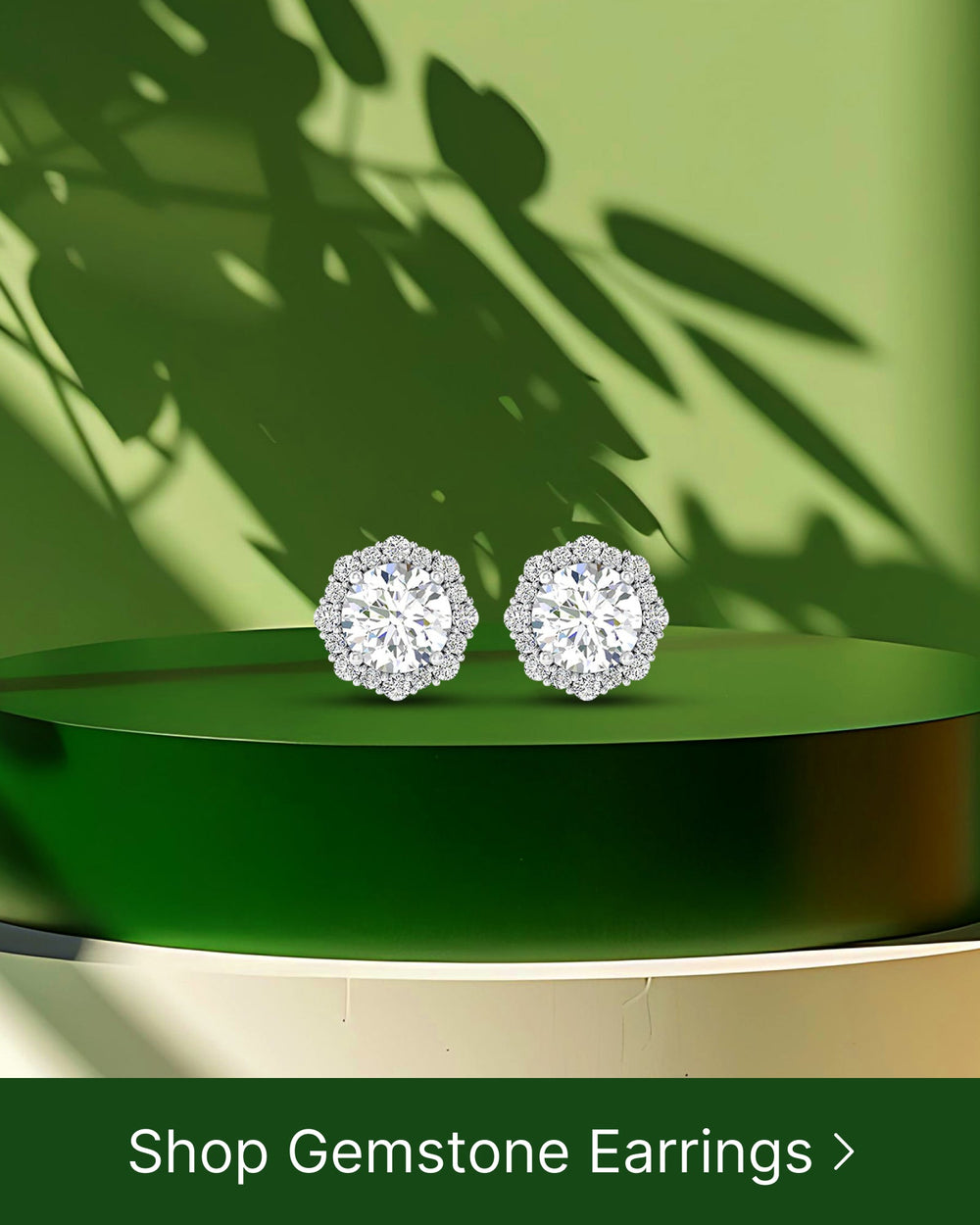Distinguishing Genuine Pearls: A Guide
Pearls have long been sought after for their natural beauty and elegance. They are the only gemstones created by living organisms, making them unique and valuable. However, with the rise of imitation pearls in the market, it has become increasingly important to be able to distinguish genuine pearls from their synthetic counterparts. In this guide, we will explore the basics of pearls, the characteristics of genuine pearls, common pearl imitations, techniques to identify genuine pearls, and the value of genuine pearls.
Understanding the Basics of Pearls
Pearls, the exquisite gems of the sea, have captivated humans for centuries with their timeless beauty and elegance. These lustrous treasures are created by certain species of mollusks, such as oysters and mussels, through a fascinating process that involves nature's ingenuity and the mollusk's remarkable ability to transform an irritant into a work of art.
The Formation of Pearls
When an irritant, such as a grain of sand or a tiny parasite, finds its way into the mollusk's shell, it becomes an unwelcome guest. However, instead of succumbing to irritation, the mollusk responds with a remarkable defense mechanism. It secretes layers of nacre, a combination of calcium carbonate and proteins, to coat the irritant and protect itself from harm.
Layer upon layer of nacre is deposited over time, creating a mesmerizing iridescence that gives pearls their unique beauty. This process, known as pearl formation or pearl culturing, can take several years, with each layer of nacre adding depth and luster to the growing pearl. The result is a precious gem that symbolizes purity, elegance, and sophistication.
Different Types of Pearls
The world of pearls is as diverse as the oceans that house these magnificent creatures. There are several different types of pearls available in the market, each with its own distinct characteristics and allure:
- Freshwater Pearls: These pearls are formed in freshwater mussels and are known for their natural beauty and charm. With their irregular shapes and wide color range, freshwater pearls offer a unique and affordable option for those seeking the elegance of pearls.
- Akoya Pearls: Akoya pearls, primarily cultivated in Japan, are renowned for their high luster and perfectly round shape. These pearls have a classic and timeless appeal, making them a popular choice for pearl enthusiasts and jewelry connoisseurs.
- Tahitian Pearls: Originating from the pristine waters of French Polynesia, Tahitian pearls are a true marvel of nature. These pearls are valued for their dark colors, ranging from deep black to vibrant shades of green, blue, and purple. Each Tahitian pearl possesses a unique beauty that reflects the enchanting depths of the ocean.
- South Sea Pearls: Cultivated in the warm waters of Australia, Indonesia, and the Philippines, South Sea pearls are known for their exceptional size and creamy white color. These pearls are the epitome of luxury and elegance, coveted by collectors and admirers worldwide.
Whether it's the delicate allure of freshwater pearls, the classic elegance of Akoya pearls, the mysterious beauty of Tahitian pearls, or the grandeur of South Sea pearls, each type of pearl has its own story to tell. From the depths of the oceans to the hands of skilled artisans, pearls continue to enchant and captivate, reminding us of the wonders of nature and the timeless allure of these precious gems.
The Characteristics of Genuine Pearls
The Luster of Real Pearls
One of the key characteristics of genuine pearls is their natural luster. Real pearls exhibit a soft, glowing sheen that is difficult to replicate. This luster is a result of the overlapping layers of nacre, which reflect and refract light to create a captivating shine.
When light hits the surface of a genuine pearl, it is not simply reflected back like a mirror. Instead, the layers of nacre cause the light to scatter and bounce off in different directions, creating a mesmerizing play of colors and reflections. This unique optical effect, known as "orient," is what gives pearls their ethereal glow.
The luster of real pearls can vary depending on the quality and thickness of the nacre. High-quality pearls with thick nacre layers will have a more intense and radiant luster, while pearls with thinner nacre may have a softer and more subtle sheen.
The Texture and Shape of Genuine Pearls
Genuine pearls have a unique texture and shape. When you gently run your fingers over the surface of a real pearl, you should feel slight imperfections and irregularities. These imperfections, known as "baroque" characteristics, are a testament to the natural formation process of pearls.
Unlike synthetic or imitation pearls, which are often perfectly smooth and flawless, genuine pearls have tiny bumps, ridges, or even small pits on their surface. These imperfections are a result of the layers of nacre forming around an irritant, such as a grain of sand or a parasite, inside the mollusk.
The shape of genuine pearls can also vary. While round pearls are considered the most classic and coveted shape, there are other shapes available, such as oval, teardrop, and baroque. Baroque pearls, in particular, have a unique and irregular shape that sets them apart from their perfectly symmetrical counterparts.
Each baroque pearl is a one-of-a-kind creation, with its own distinctive shape and character. Some baroque pearls may have elongated forms, resembling a drop of water, while others may have irregular curves and contours. These natural variations in shape make baroque pearls truly unique and fascinating.
Common Pearl Imitations
Pearls have long been cherished for their timeless beauty and elegance. However, not all pearls are created equal. In the world of jewelry, there are various imitations of pearls that attempt to mimic the allure of the real thing. Let's explore some of the most common pearl imitations:
Glass Pearls
Glass pearls are often used as inexpensive substitutes for real pearls. These pearls are crafted from glass and carefully coated to give them a smooth and flawless appearance. At first glance, they may appear quite similar to genuine pearls. However, upon closer examination, one can notice subtle differences that set them apart.
One key characteristic of glass pearls is their lack of depth and luster. Genuine pearls possess an inner glow and radiance that is difficult to replicate. Glass pearls, on the other hand, may appear flat and lack the captivating sheen that makes real pearls so enchanting.
Another telltale sign of glass pearls is the presence of small bubbles or imperfections. While these imperfections may be barely noticeable to the untrained eye, they are a clear indication that the pearl is not genuine. Additionally, glass pearls often have a uniform color that is not found in natural pearls, which exhibit subtle variations and iridescence.
Plastic Pearls
Plastic pearls, typically made from acrylic or polyester, are another popular imitation on the market. These pearls are lightweight and have a glossy surface, which can give them a deceivingly realistic appearance. However, upon closer inspection, their true nature becomes apparent.
One of the most noticeable differences between plastic pearls and genuine pearls is their weight and temperature. Genuine pearls have a natural weight and coolness to the touch, which is absent in plastic pearls. Plastic pearls, in contrast, feel lighter and lack the authentic feel of genuine pearls.
Furthermore, plastic pearls may lack the depth and complexity of color that can be found in real pearls. Genuine pearls often exhibit a range of hues, from creamy whites to delicate pinks and iridescent blues. Plastic pearls, on the other hand, tend to have a more uniform and artificial color.
While glass and plastic pearls may serve as affordable alternatives to genuine pearls, they cannot replicate the unique beauty and allure of the real thing. Genuine pearls, with their natural luster, weight, and iridescence, continue to be treasured as timeless symbols of elegance and sophistication.
Techniques to Identify Genuine Pearls
The Tooth Test
One simple test to determine if a pearl is genuine is the tooth test. Gently rub the pearl against your teeth - if it feels gritty or slightly rough, it is likely a real pearl. Fake pearls will feel smooth to the touch.
The Drill Hole Test
The drill hole test is another method to identify genuine pearls. Examine the drill hole of the pearl under magnification. If the drill hole appears smooth and consistent, it is likely a genuine pearl. Fake pearls may show irregular or rough edges around the drill hole.
The Value of Genuine Pearls
Factors Affecting Pearl Value
Several factors influence the value of genuine pearls. These factors include size, shape, color, luster, surface quality, and origin. Larger pearls, perfectly round shapes, rich colors, high luster, minimal surface imperfections, and pearls from renowned regions like Tahiti may command higher prices.
The Importance of Pearl Authenticity
Authenticity is crucial when it comes to pearls, as it directly affects their value. Genuine pearls are considered valuable heirlooms and investments. Knowing how to distinguish genuine pearls from imitations ensures that you make informed purchases and can properly appreciate the beauty and value of these natural treasures.
By familiarizing yourself with the basics of pearls, understanding the characteristics of genuine pearls, recognizing common imitations, and using simple identification techniques, you can confidently distinguish genuine pearls and make informed decisions when purchasing these exquisite gemstones.





